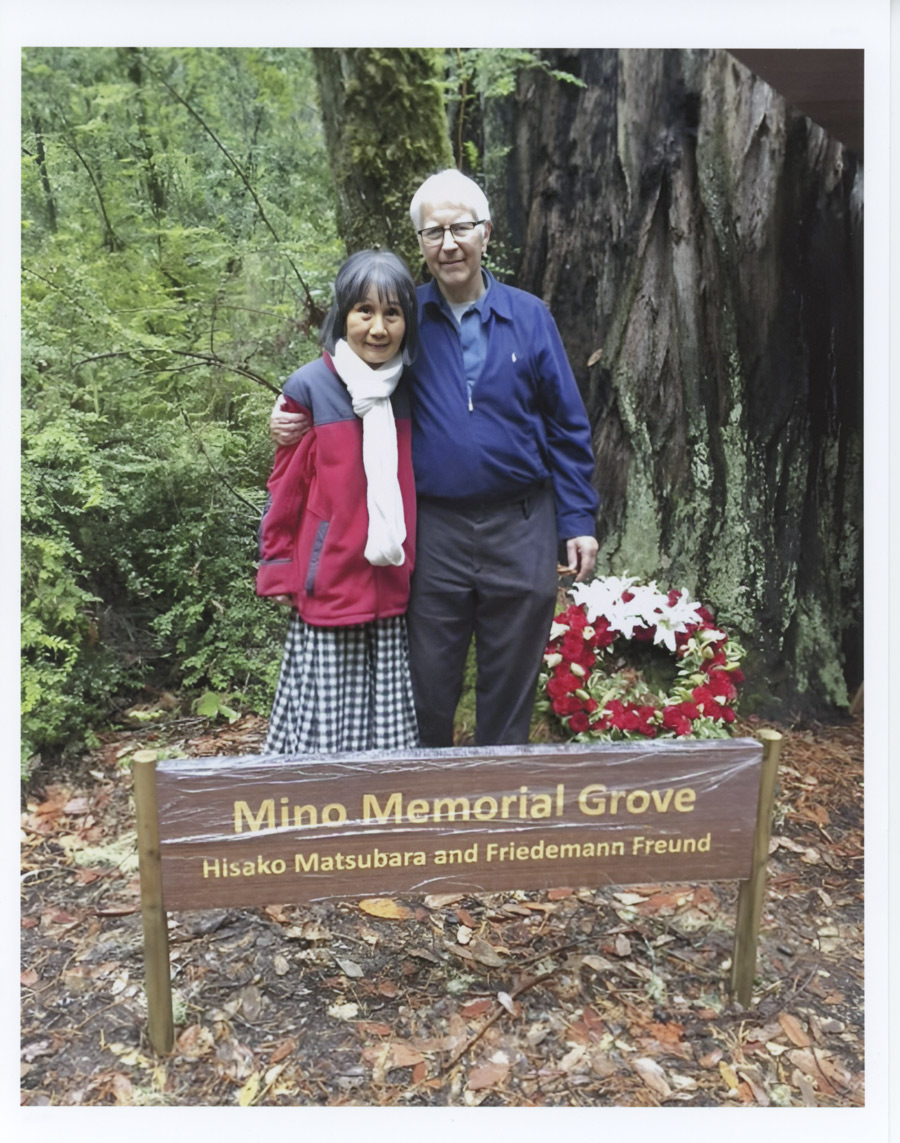The establishment of this Endowment is motivated by the Donors’ wish to honor the life and achievements of Minoru M. Freund.
Mino – as he was known to his friends and colleagues – was the Director of Nanotechnology at the NASA Ames Research Center in California from 2006 to the time a vicious brain tumor took his life in 2012 at the age of 49. Around this time satellites were still bulky, heavy and large, but Mino recognized the enormous potential of nanosatellites for the advancement of spaceflight and space research.
In 1986, while a graduate student at the ETH in Zürich, Switzerland, Mino heard about a new technology that would be capable of imaging individual atoms by moving a very fine needle across the surface of a solid and recording the forces experienced by the tip of this needle through its interaction with the atoms below. Within a matter of a few weeks Mino built a fully functional Scanning Tunnelling Microscope before the inventors of this technology, Heinrich Rohrer and Gerd Binnig, received the Nobel Prize.
After his PhD in physics at the ETH in Zürich, Mino joined the US-Japan collaboration to build and launch the IRTS, the Infrared Telescope in Space, a liquid helium-cooled telescope to study the background radiation of the universe. The sensor on the IRTS mission was cooled to a record low temperature, using liquid helium-3, and maintained at this temperature for a record time, over 13 days, while scanning 7% of the sky in the far infrared region of the spectrum to record the background radiation that provides information about the beginning of the universe.
After coming back to the NASA Ames Research Center in California, Mino started to develop ideas how to build very small satellites, 10 by 10 by 10 centimeter in size, that would have the same or nearly the same capabilities as the large and heavy research satellites, the standard at that time. Mino used his deep knowledge of nanotechnology to miniaturize all electronic components so that they would use less electricity and could fit into the limited space of a 10 cm-cube satellite. Mino developed the concept of nanosatellites flying in formation, hundreds of them, exchanging science and operational data among each other through lasers. He worked tirelessly on this complex project and on the great challenges posed by the need of cross-communication among so many nanosats travelling on different orbits around the Earth.
Mino was a trailblazer. He faced resistance from those in the satellite community and at NASA Headquarters, who could not imagine how such a complex multi-satellite mission would work. Mino spent two full years to promote his advanced concepts.

Today, years after Mino has passed away, his ideas are very much alive. As Pete Worden, the former Director of the NASA Ames Research Center put it: “Mino was quite an activist, a zealot, and a visionary. At first, we laughed a bit in disbelief, coining the word MinoSats. Today, Mino’s vision is being pursued around the world. MinoSats have become a reality”.



